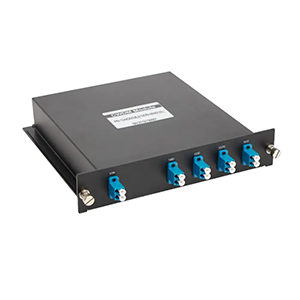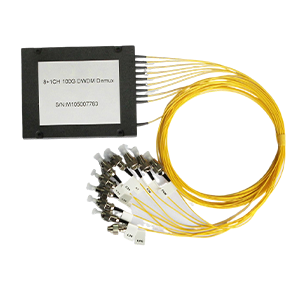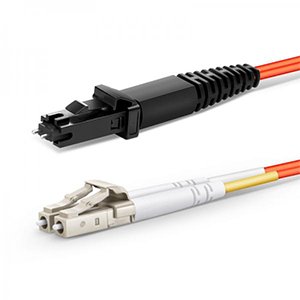Wireless communications have become an indispensable part of our daily lives, and the base station subsystem that silently supports the communication network plays an important role. As a key component of the mobile communication system, the base station subsystem is responsible for receiving, processing and forwarding wireless signals, providing us with wireless coverage and data transmission services. In this article, we will explore the composition, working principles, optimization methods and future development trends of the base station subsystem.
what is base station subsystem
Base Station Subsystem (BSS for short) is a key component in the mobile communication network. It is used to manage and control the operation of wireless base stations. It plays a key role in the wireless communication network. The base station subsystem is responsible for receiving, processing and forwarding wireless signals, providing services to mobile terminals and communicating with the core network.
Base station subsystem composition
The base station subsystem is composed of multiple components, each component assumes different functions. The following are the main components of the base station subsystem:
-
Base Station Controller (BSC): BSC is the core of the base station subsystem and is responsible for managing and controlling wireless resource allocation, call control and other functions of multiple base stations. It communicates with the core network, coordinates and controls the operation of the base station.
-
Base Transceiver Station (BTS): BTS is a key component for transmitting, receiving, encoding and decoding wireless signals with mobile terminal equipment. It is responsible for converting digital signals into wireless signals and sending them to mobile terminals, while receiving signals from mobile terminals and converting them into digital signals.
-
Base Station Equipment (BSE): Base station equipment includes antennas, radio frequency transmission equipment, etc. Antennas are used for transmitting and receiving wireless signals, and radio frequency transmission equipment is used for signal amplification and attenuation to ensure signal quality and coverage.
The relationship between Base station subsystem and mobile communication network
-
GSM network: In the GSM network, the base station subsystem is an important subsystem connected to the main core network. It manages and controls multiple BTS through the BSC to realize communication between mobile terminals and the core network.
-
CDMA network: In a CDMA network, the base station subsystem is similar to the BTS and is connected to the base station controller (BSC) and the CDMA core network. It is responsible for communicating with mobile terminals and forwarding signals to the core network.
Importance of Base station subsystem
-
Network coverage: The base station subsystem enables mobile terminals to communicate and transmit data within a specific area by providing wireless signal coverage. It ensures that we can communicate anytime and anywhere.
-
Signal quality: The performance and deployment of base station subsystems have a direct impact on signal quality and communication quality. It determines aspects such as signal coverage, signal strength, and data transmission rate. Optimizing the performance of base station subsystems can improve communication quality and user experience.
Base station subsystem working principle
-
Signal reception: The base station subsystem receives the wireless signal sent by the mobile terminal and converts it into a digital signal for processing. This involves processes such as amplification, filtering and mixing after the antenna receives the wireless signal.
-
Signal processing: The received signal is decoded, modulated, encoded, etc. to ensure the accuracy and reliability of the signal. These processing steps involve the processing and conversion of digital signals for communication with the core network.
-
Signal forwarding: The processed signal is forwarded to the core network or communicates directly with other base station subsystems. This ensures that the signal can travel across the network and interact with other devices.
Base station subsystem deployment and optimization
-
Base station site selection: The site selection of the base station is an important consideration for the deployment of the base station subsystem. Factors such as geographical conditions, user needs, and network capacity all need to be considered comprehensively to achieve optimal network coverage and performance.
-
Signal optimization: By adjusting antenna direction, power control, frequency planning and other means, the signal coverage and quality of the base station subsystem can be optimized. This ensures signal stability and consistency across different areas.
-
Capacity expansion: As the demand for mobile communications increases, the capacity expansion of base station subsystems also becomes important. By increasing the number of base stations and improving wireless resource allocation algorithms, the capacity and throughput of the system can be improved.
Base station subsystem development trend
-
5G technology: With the rise of 5G technology, base station subsystems will have higher data transmission rates, lower latency and greater connection density. This will promote the development of mobile communications and support more application scenarios.
-
Virtualization technology: Virtualization of base station subsystems can improve resource utilization and flexibility, and reduce network deployment and operation and maintenance costs. Through technologies such as software-defined networking (SDN) and network functions virtualization (NFV), base station subsystems can better adapt to changes in network requirements.
As an important part of the mobile communication network, the base station subsystem plays a vital role in wireless communications. It connects us to communicate with the world by providing wireless coverage and data transmission services. In the future, with the development of 5G technology and the application of virtualization technology, the base station subsystem will continue to evolve, bringing us a faster and more reliable wireless communication experience.





